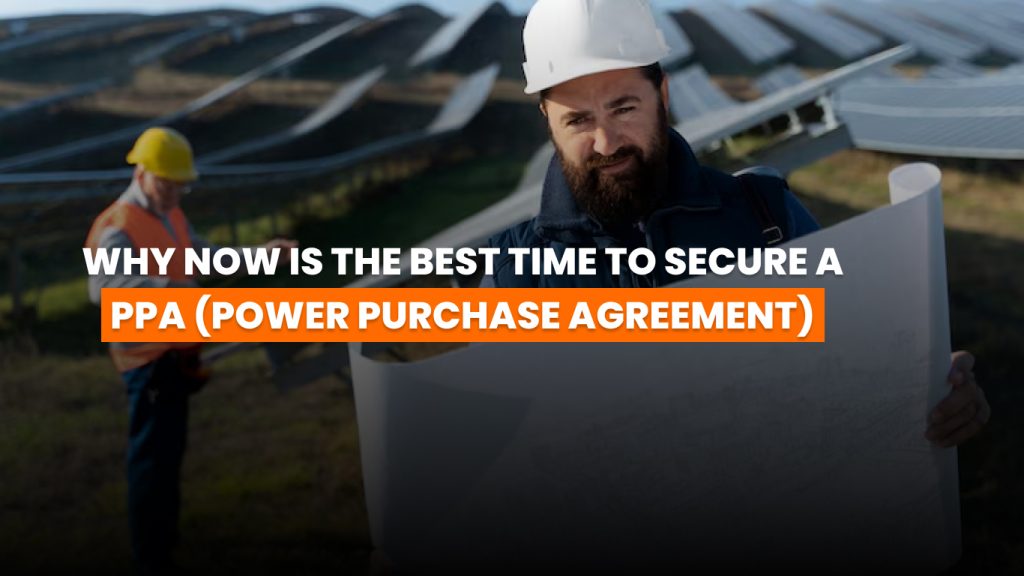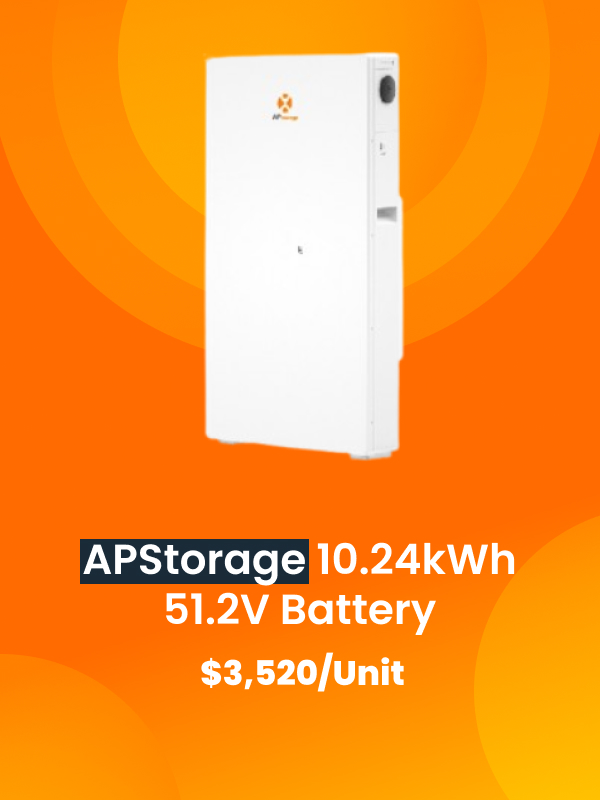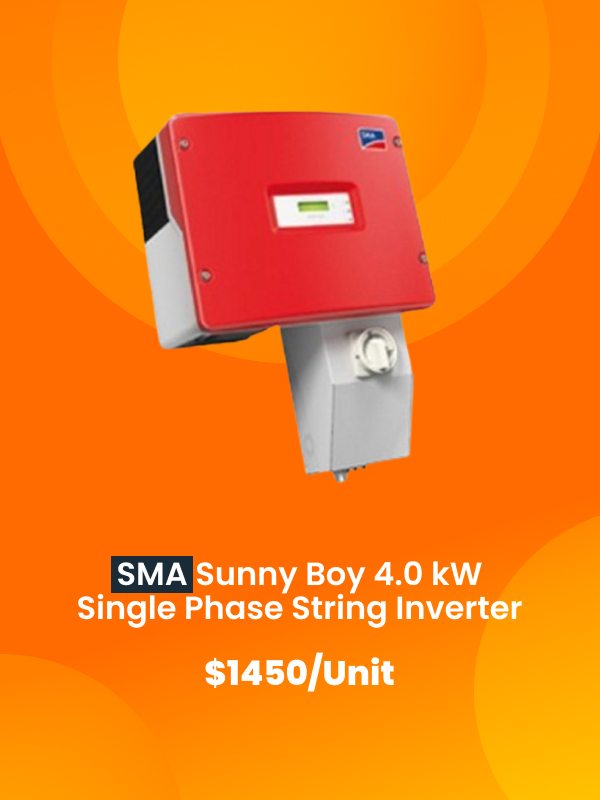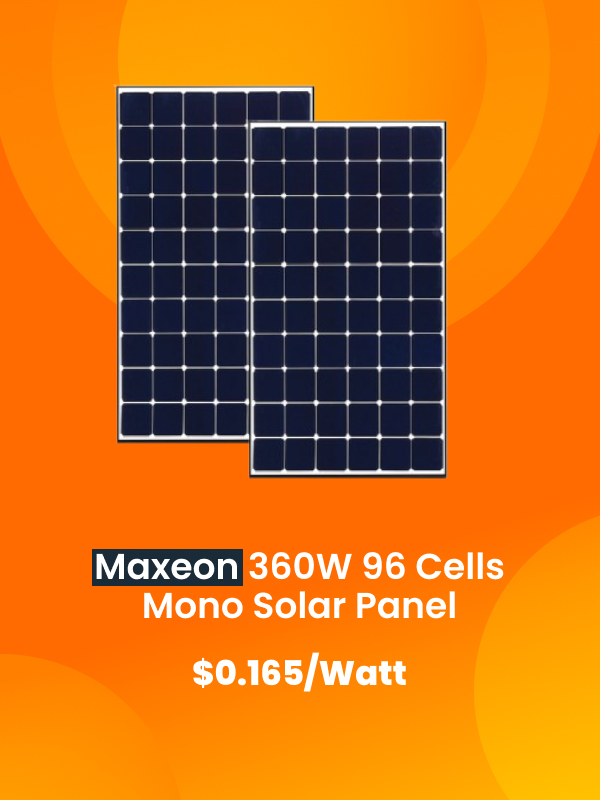The global energy landscape is undergoing a major shift. Rapid developments in AI, digitalization, and domestic manufacturing have pushed electricity demand to unprecedented levels. Data centers and industrial campuses that once consumed modest power are now each looking for hundreds of megawatts. At the same time, companies have made bold climate commitments (net-zero and carbon-negative goals), forcing them to source vast amounts of renewable energy. A Power Purchase Agreement (PPA) has become a key tool in this environment. In a PPA, a buyer agrees to purchase a fixed quantity of electricity from a renewable project (such as wind or solar) at a set price for many years. For the company, this fixes energy costs and meets sustainability goals; for the project, it guarantees revenue to build clean capacity. Tech giants like Amazon have used PPAs aggressively – Amazon alone has signed over 500 PPAs to buy wind and solar power, backing roughly 77,000 GWh of clean electricity annually.
Why Now?
Several market forces make today the best time to secure a PPA:
- Surging Demand: Power demand is rising fast. Trendsetters expect the power usage of digital infrastructure to grow by ~200 TWh/year by 2030. Companies can’t afford to gamble on waiting, as projects take years to develop.
- Supply Constraints: The pipeline of new renewables has tightened. In early 2022, solar and wind installations in the U.S. fell 25% compared to 2021, and grid interconnection queues remain jammed. Permitting and land availability are bottlenecks. With fewer clean projects coming online soon, locking in available ones is critical.
- Long Timelines: Even when projects are approved, construction and grid hookup can take several years. In Q2 2022, 43% less capacity started construction and 53% less entered advanced development compared to Q1. Delaying a PPA could mean missing the opportunity entirely.
- Rising Prices: Development costs are soaring. Panel prices jumped ~200%, and battery and turbine costs also spike. Supply-chain inflation has pushed PPA prices up about 30% in North America in one year. With material and labor costs rising, future PPAs will likely be much more expensive.
- Energy Price Volatility: Global grid prices have become volatile. Fixing a price via a PPA hedges against future price spikes. As one analyst notes, in volatile markets “the value of locking in energy prices cannot be ignored”.
- Competitive Pressure: Every day companies wait, more buyers chase fewer projects. Corporate net-zero commitments add urgency. Corporations are being compared to each other on climate action, so acting now gains both practical and brand advantages.
Put simply, time is not on the buyer’s side. LevelTen Energy’s report sums it up: “there’s no reason to wait” to lock in a PPA. Prices are rising and supply is tight, so postponing only risks higher costs or losing out on projects.
Benefits of Acting Today
Securing a PPA now offers multiple advantages. It locks in a future price and supply for 10–20 years, providing budgeting certainty. It also funds new renewable builds that otherwise might not happen. These deals are increasingly seen as the “gold standard” for corporate sustainability, since they create additional clean energy capacity. In Europe, for instance, supporting new projects has become a prestige win amid the continent’s energy security push. And higher wholesale power prices make many PPAs economically attractive today. In some markets, rising prices have offset higher PPA costs, so long-term contracts can still compare favorably. As LevelTen points out, even in an uncertain market, “PPA prices are rising… [but] for buyers, there’s no reason to wait”.
In practice, large energy consumers are already acting. Data centers (which often need 100+ MW each) commonly use PPAs to secure renewable power. Amazon, Google, Microsoft and others have signed ever-larger deals with wind and solar developers to power their growth. These companies find that signing a PPA now ensures their projects of choice, whereas waiting might mean higher prices or loss of prime resources to other buyers.
Moving Forward with PPAs
Does this mean PPAs are the only solution? Not necessarily – experts agree that the future energy mix will include a variety of sources (geothermal, nuclear, on-site solar, storage, etc.). However, PPAs remain a cornerstone. They give companies influence over where and when new renewable capacity is built. They also align with investors and customers demanding real action on climate. With the current market dynamics, any hesitation is risky: buyers who delay may face a market with even higher prices and fiercer competition.
In summary, locking in a PPA now lets companies secure needed power, hedge against future price spikes, and drive new clean energy builds. In a tight market with rising costs, the value of an early PPA deal cannot be overstated. This is why industry leaders say: the best time to secure a PPA is today.




